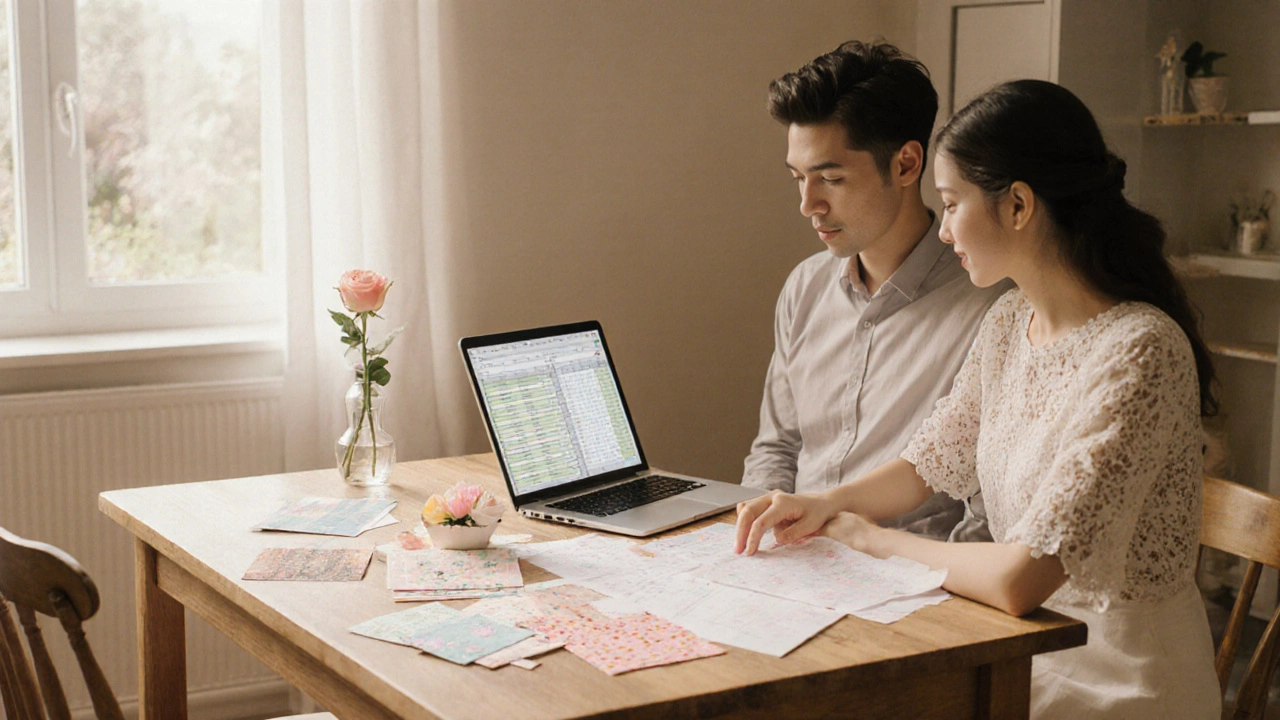Wedding Floral Expenses – Real Costs & Budget Tips
When planning a Bristol wedding, Wedding Floral Expenses, the total amount you spend on every flower, from bridal bouquet to venue décor. Also known as wedding flower budget, it directly shapes the look of your ceremony and reception. Understanding this cost helps you keep the whole wedding floral expenses in check while still delivering the dream look you’ve imagined.
First, consider the core group of related entities that drive those numbers. Wedding Flowers, the actual bouquets, centerpieces and aisle runners you choose are the visible product. The Florist, the professional who sources, designs and delivers the flowers sets the pricing structure, often based on flower type, season and labor. Finally, the Wedding Budget, the overall financial plan for your big day determines how much you can allocate to flowers without overspending on other essentials. These three entities form a triangle: wedding flowers require a florist, and both sit inside the broader wedding budget.
What Shapes Your Wedding Floral Expenses?
Wedding floral expenses encompass more than just a handful of stems. The type of cut flower matters – roses, for example, are the #1 best‑selling cut flower and tend to carry a premium, while seasonal wildflowers can shave hundreds off the bill. Seasonality is a key driver: ordering lilies in winter or dahlias in early spring often means higher wholesale prices. Venue size also matters; a large hall may need dozens of arches, whereas a garden ceremony can get away with smaller arrangements. The classic question “who pays for wedding flowers?” still has multiple answers – traditionally the bride’s family, but modern couples increasingly split costs or let the groom’s family cover specific pieces like boutonnieres. Knowing who is footing the bill helps you set realistic expectations and avoid surprise invoices.
Practical budgeting tips start with a clear list of every floral element you need. Break down the bouquet, boutonnieres, corsages, ceremony backdrop, reception centerpieces, and any additional décor such as table garlands or aisle petals. Assign a tentative cost to each item based on your chosen flowers and the florist’s rate card. Then compare that subtotal to the percentage you’ve earmarked for flowers in your overall wedding budget – most experts recommend keeping floral spend between 8% and 12% of total costs. If you’re over, look for ways to swap premium roses for in‑season alternatives, reduce the number of centerpieces, or reuse ceremony flowers for the reception. The posts below, like the guide on who pays for wedding flowers and the rundown of the most‑sold cut flower, give real‑world examples and checklists you can adapt right away. Armed with these insights, you’ll be able to balance beauty and budget, ensuring your wedding flowers enhance the day without breaking the bank. Below you’ll find a curated selection of articles that dive deeper into each of these topics, offering step‑by‑step advice, cost breakdowns, and vendor tips to help you master your wedding floral expenses.
Average Cost of Wedding Flowers: How Much Should You Budget?
Discover how much to realistically budget for wedding flowers, with cost breakdowns, seasonal tips and a handy checklist for saving money.
View More